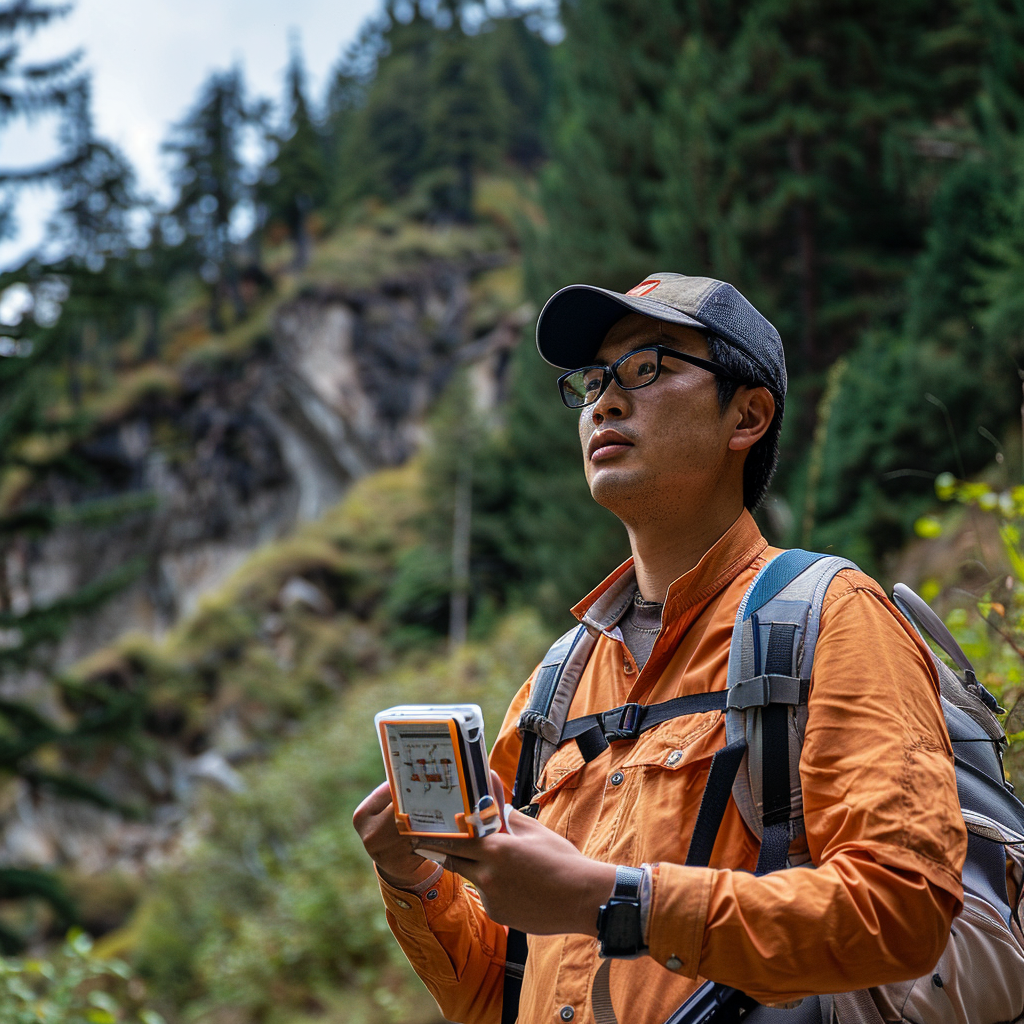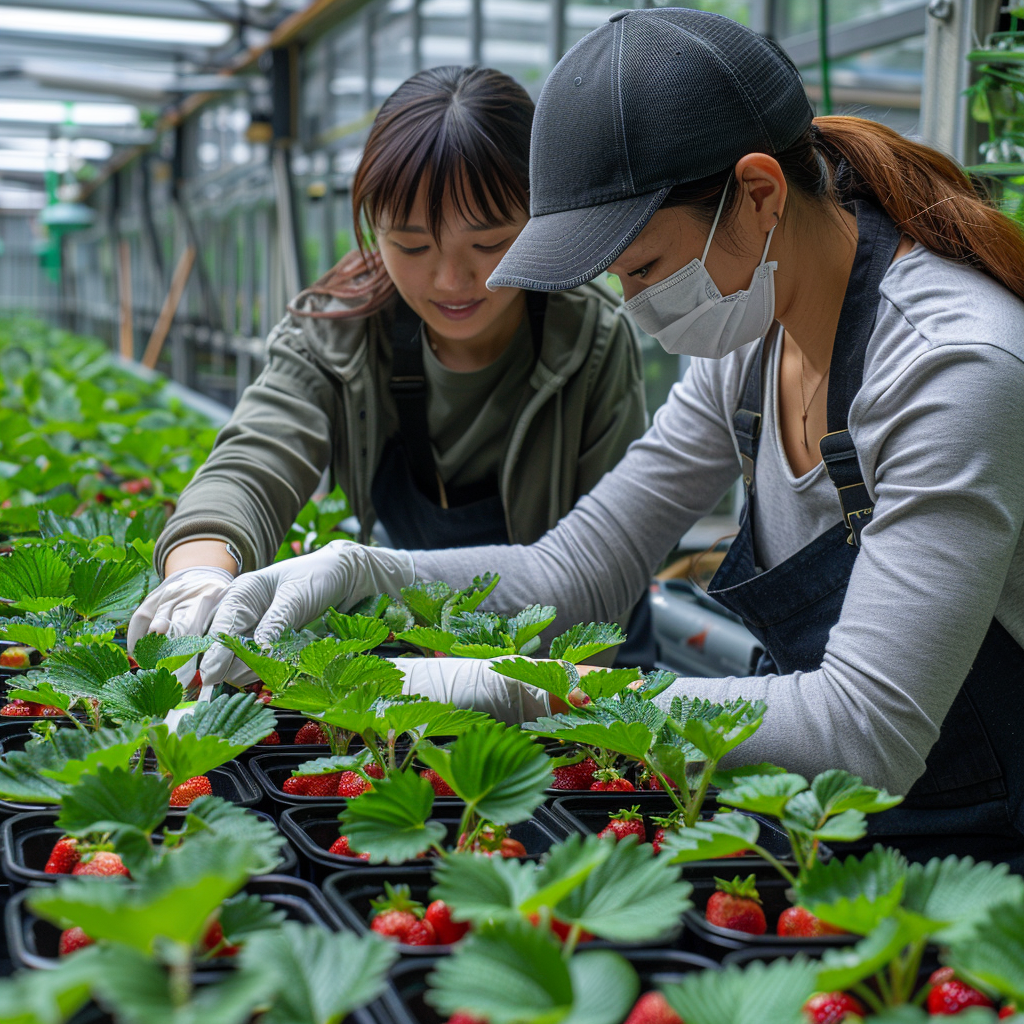发布:2025-04-11 浏览:0
一、林地资源状况
Forest Resource Status
面积:通过专业测绘确定准确范围和面积大小,是评估基础,直接影响林地整体价值规模。
Area: The accurate range and size of the area are determined through professional surveying and mapping, which is the basis for evaluation and directly affects the overall value scale of the forest land.
地形地势:坡度、海拔、坡向等会影响树木生长及林业生产作业难度与成本 。如陡峭山地,造林、抚育及采伐成本高,价值受影响。
Terrain and topography: Slope, altitude, slope orientation, etc. can affect tree growth and the difficulty and cost of forestry production operations. Such as steep mountains, afforestation, nurturing, and logging have high costs and their value is affected.
土壤条件:土壤质地、肥力、酸碱度等关乎林木生长。肥沃、透气性好且酸碱度适宜的土壤,利于树木生长,提升林地价值。
Soil conditions: Soil texture, fertility, acidity and alkalinity are related to the growth of trees. Fertile, well ventilated, and moderately acidic soil is conducive to tree growth and enhances the value of forest land.
林木资源:包括树种(经济价值高的如红木、柚木等,使林地价值提升 )、蓄积量(单位面积内林木材积总量,蓄积量越高潜在经济价值越大 )、树龄(不同树龄开发利用方式和价值不同,如成熟林可采伐获取木材收益 )、生长状况(健康、生长旺盛的林木,林地价值更高 )。
Forest resources: including tree species (such as redwood, teak, etc., which have high economic value and increase the value of forest land), stock volume (the total volume of trees per unit area, the higher the stock volume, the greater the potential economic value), tree age (different tree ages have different development and utilization methods and values, such as mature forests that can be harvested to obtain wood income), and growth status (healthy and thriving trees have higher forest land value).

二、林地使用和经营情况
Forest land use and management situation
使用年限:剩余使用年限长,可开发利用时间久,价值相对高。
Service life: The remaining service life is long, and it can be developed and utilized for a long time, with relatively high value.
经营历史:过往经营管理措施(如是否科学抚育、施肥、病虫害防治 )及成效,影响林木生长和林地生产力,进而影响价值。
Business history: Previous management measures (such as scientific nurturing, fertilization, pest control) and their effectiveness have affected forest growth and productivity, thereby affecting value.
经营规划:合理且具潜力的规划(如发展林下经济、生态旅游等多元经营模式 ),能挖掘林地潜在价值,提升评估价值。
Business planning: A reasonable and promising plan (such as developing agroforestry, ecotourism, and other diversified business models) that can tap into the potential value of forest land and enhance its evaluation value.
三、市场因素
market factors
木材市场:木材供需关系和价格波动,直接关联林地预期收益。供不应求、价格上涨时,林地价值提升。
Wood market: The supply-demand relationship and price fluctuations of wood are directly related to the expected returns of forest land. When supply exceeds demand and prices rise, the value of forest land increases.
林地市场:当地林地交易活跃程度、类似林地交易案例价格,是评估参考。活跃市场且类似林地交易价格高,该林地评估价值可能高。
Forest Market: The activity level of local forest trading and the prices of similar forest trading cases are evaluation references. If the market is active and the trading price of similar forest land is high, the assessed value of the forest land may be high.
政策法规与生态环境
Policies, regulations, and ecological environment
政策法规:林地相关政策(如生态保护政策、采伐限额政策 )影响开发利用方式和收益,若限制采伐,短期经济价值受限。
Policies and regulations: Forest related policies (such as ecological protection policies and logging quota policies) affect the development and utilization methods and profits. If logging is restricted, the short-term economic value is limited.
生态环境:林地生态功能(保持水土、涵养水源、调节气候等 )及所在区域生态重要性,在生态补偿等机制下,影响林地价值。
Ecological environment: The ecological functions of forest land (such as soil and water conservation, water source conservation, climate regulation, etc.) and the ecological importance of the region they are located in, under mechanisms such as ecological compensation, affect the value of forest land.
本文由林业资产价格评估友情奉献.更多有关的知识请点击:http://www.jyslpg.com我们将会对您提出的疑问进行详细的解答,欢迎您登录网站留言.
This article is dedicated to friendship For more information, please click: We will provide detailed answers to your questions. You are welcome to log in to our website and leave a message


















